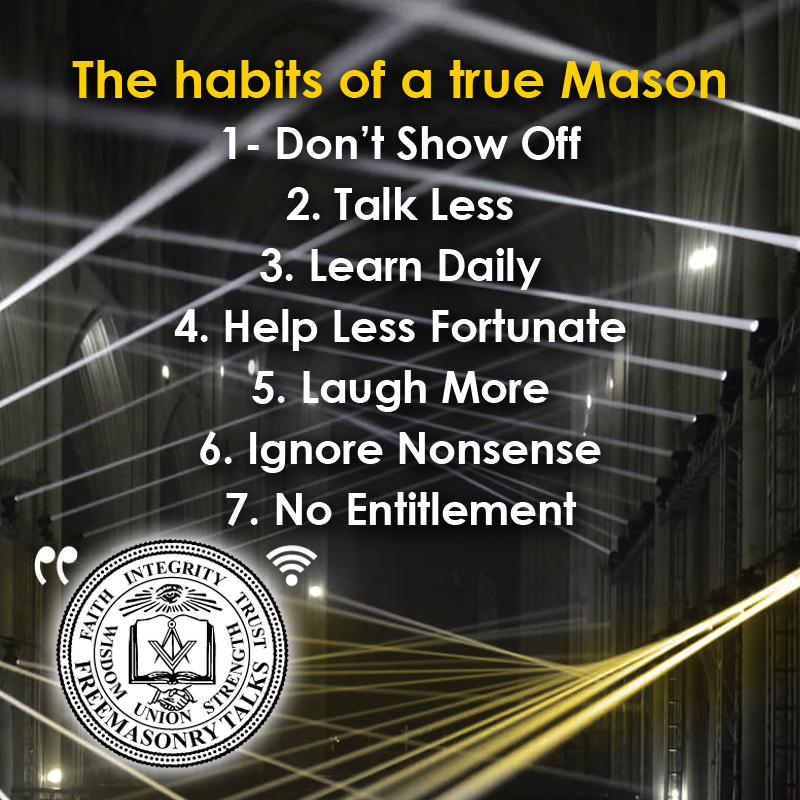According to Wikipedia, the Greenhill formula is still used today. I assume it's for Muzzleloader bullets, which tend to be more cylindrical. Yes, there are hollow based designs and hollow points, but evidently, that doesn't change the outcome of the formulas very much. The 1861 Springfield used a 1:72 twist to stabilize the Minnie ball. Springfield target rifles use a 1:66 for the same projectile.
Per my original post, Greenhill's work was done in the 1870s, and it was based on football-shaped projectiles fired from rifled cannons at sub-sonic speeds. Cannon projectiles are easily seen with the naked eye (In clear weather I could still see the 8 inch 'joes fired at velocities up to about 2100 fps by the howitzer battery I commanded when they reached the peaks of their trajectories.... and yep, that's a whole lot of fun!), so it would have been easy to see projectiles that were unstable. The fact that Greenhill's formula works at all for shoulder-fired rifle bullets traveling at 2800 fps is a lucky accident, as there were no projectiles that traveled at anywhere close to those speeds in the 1870s, and absolutely nothing quantitative was known about aerodynamics then.
The basic idea of "simple rules" for estimating bullet stability (or, equivalently, for estimating the twist required to stabilize a given bullet when fired at a given velocity) is that both the angular momentum of a bullet and the aerodynamic forces on a bullet depend on its weight, length, diameter, and shape. Even though angular momentum depends on the rate of spin while the aerodynamic forces do not, and aerodynamic forces depend on air density while angular momentum does not, it should be possible to find a simple formula (ie "Rule") that incorporates bullet weight, length, diameter, rate of twist, and air density which fits the results of actual stability tests pretty well - without even getting into the details of bullet shape. Miller's Rule is more accurate than Greenhill's Rule because Miller had a much bigger and more accurate library of test results to work with, because Miller developed correction factors for air density (air temperature, pressure, and altitude) and velocity, and because modern science and engineering experiments frequently involve vast amounts of data, so techniques for finding equations which fit experimental results are more advanced today than they were in the 1870s.
In 2009 Miller published a paper which compares the accuracies of different simple rules for estimating the stability of a wide range of bullets fired at various velocities (Miller, Precision Shooting, June 2009 -
https://www.jbmballistics.com/ballistics/bibliography/articles/miller_stability_2.pdf). The Miller Rule works much better than the others, including the Greenhill Rule and the Modified Greenhill Rule, which is borne out by the fact that Miller's Rule is used for all of the online stability calculators that I found.
Minnie bullets are inherently stable because their full-diameter, hollow bases mean that their centers of mass are FORWARD of their aerodynamic centers of pressure. Very slow twists are therefore adequate to stabilize a Minnie bullet.
Round balls require very little stabilization because the aerodynamic forces on them are almost completely independent of bullet orientation - and spin axis orientation - with respect to the direction of flight: A very slow spin is all that's needed to overcome the random "knuckle-ball" drifts associated with the flight of a spinless round ball.
It's been recognized that Miller's Rule is less accurate for plastic-tipped and hollow-point bullets, because the Miller Rule assumes that all bullets have uniform density (although it doesn't assume that all bullets are made of lead - the Miller Rule works equally well for bronze, brass, and steel bullets). Modified Miller Rules have therefore been developed for plastic tipped bullets (
https://arxiv.org/ftp/arxiv/papers/1410/1410.5340.pdf) and hollow-point bullets (
https://arxiv.org/ftp/arxiv/papers/1401/1401.4187.pdf).







